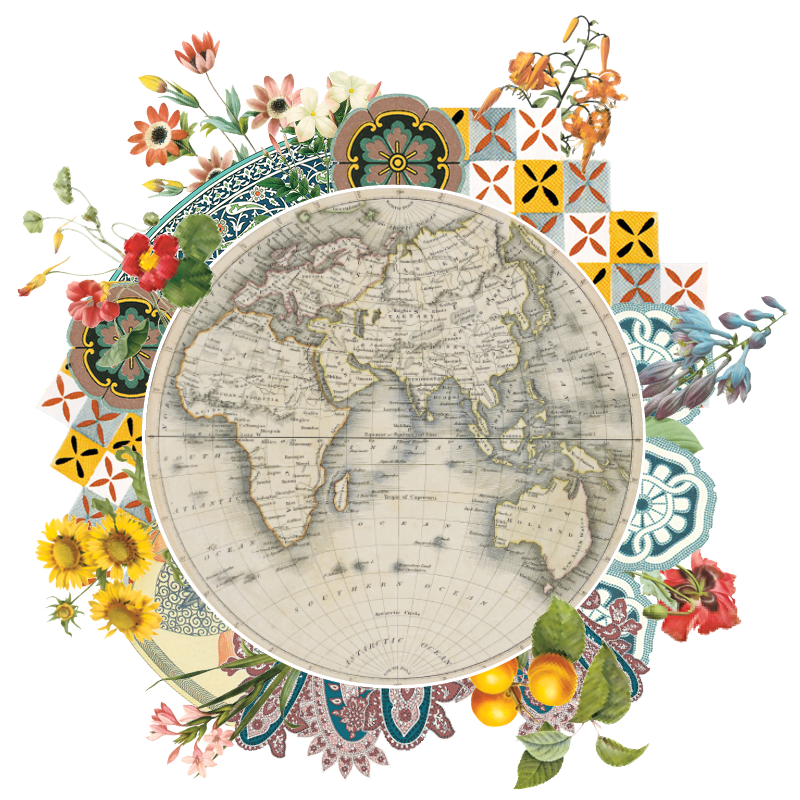What’s in a Name?
The Veneto region of northeastern Italy is the birthplace of the splendid, slightly bitter radicchio. Georges Desrues uncovers the stories behind its many varieties and namesake towns.
- Category:
- Hear and Now
- Words By:
- Georges Desrues
- Published:
- September 27, 2017
In fair Verona, where we lay our scene—or more precisely, the surrounding Veneto region of northeast Italy, birthplace of the humble radicchio. For centuries farmers here have grown a number of varieties of the plant which, like wine varieties, are often uniquely tied to the places after which they are named. Modern cultivation of radicchio began in the 1400s in response to Italians’ appetite for lettuce even during the coldest of days. This challenged growers to develop elaborate techniques and hybrids that would deliver vitamin-rich produce in the winter months. Thus the splendid, slightly bitter radicchio was born.

Chioggia
The most popular variety of radicchio, this species owes its name to the town of Chioggia in the Venetian Lagoon. The unassuming fishing port—also known as “Little Venice” and “the Poor Man’s Venice”—is said to resemble what its popular neighbor might look like had it never benefited from the riches of trade.
First cultivated in the 1930s, radicchio di Chioggia is reminiscent of an iceberg lettuce but with a pronounced reddish-purple crown and bright-white veins stemming from its base.

Castelfranco
The Castelfranco variety of radicchio is thought to have developed some time during the eighteenth century in the eponymous city as a hybrid from precoce and endive. It resembles a round, leafy Bibb lettuce, but with tiny red spots on its creamy, light-green leaves.
The town was also the birthplace of Renaissance painter Giorgione. His masterpiece Madonna Castelfranco, which can still be seen in the town today, depicts the Virgin Mary in a deep-red dress marvelously emphasized by surrounding shades of green—not unlike the colors of the radicchio in question.

Treviso Precoce
Regarded as an off-piste secret of the Veneto region, Treviso is a relaxed provincial town threaded with ancient waterways and narrow cobbled streets. The area beyond its medieval city walls is considered the capital of radicchio cultivation, with fields bearing the eponymous radicchio rosso di Treviso tardive.
Reputedly the original variety of the crop, its elongated, tightly closed form resembles endive, but with a pronounced purple hue.

Treviso Tardivo
The other namesake radicchio of Treviso, the tardivo (late) variety is named for its unique harvesting process. Sowing takes place in spring; while in fall, the shoots are cut and placed in lukewarm water, causing them to bud anew.
The results are spectacular: the radicchio, with its baroque-looking leaves that curl in all directions, is vaguely reminiscent of the headdress worn during the Carnival of Venice. Its crunchy texture and milder flavor compared to the cheaper precoce variety make it ideal for cooking risotto.

Rosa di Gorizia
Rosa di Gorizia is the rarest and most expensive of radicchio varieties. It is also the only one that does not originate from Veneto, but from the town of Gorizia in Italy’s Friuli region. Located at the foot of the Julian Alps, it was the last divided town in Europe until the abolishment of the Slovenian-Italian state border in 2007.
Today, a handful of families still cultivate its magnificent namesake radicchio which—as the name implies—resembles the bloom of a red rose. Connoisseurs agree that the rosa has lost some of its flavor since the implementation of a law forbidding the planting of the mother crop in horse manure. Now, the rose blossoms sprout from soaked wood shavings.
Georges Desrues is a food and travel writer who lives in Trieste, Italy.
Join PRIOR’s Club Journey weekend to Modena in Italy hosted by chef Massimo Bottura.

Born in Paris and raised in Vienna, Georges Desrues is a journalist and photo reporter living in Trieste.